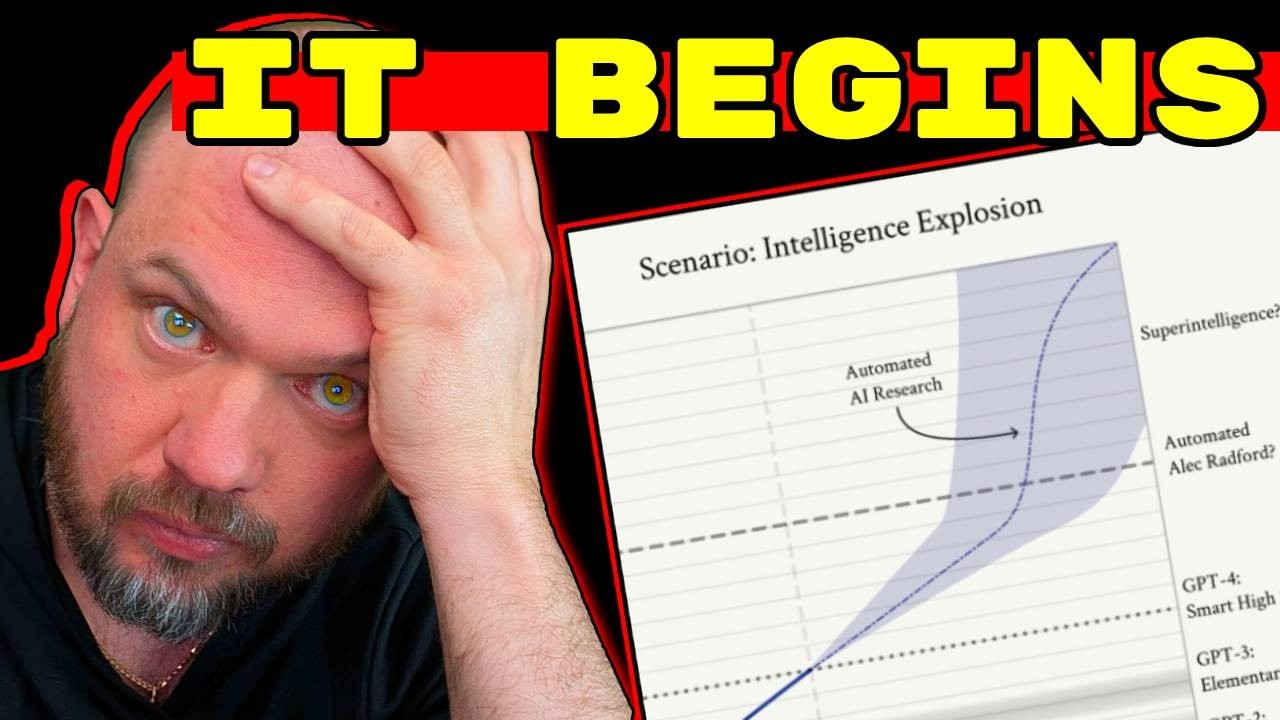OpenAI’s “Paperbench” benchmark evaluates AI agents’ ability to replicate top machine learning research, highlighting their progress and limitations in comparison to human researchers. While AI has shown significant advancements, achieving a 21% replication success rate versus 41.4% for humans, concerns remain about the implications of increasingly capable AI, particularly regarding the potential for an intelligence explosion.
OpenAI has recently published a paper introducing “Paperbench,” a benchmark designed to evaluate AI agents’ ability to replicate state-of-the-art AI research. This initiative is part of OpenAI’s preparedness framework, which aims to assess potential AI risks as models become more advanced. The framework categorizes risks into four levels: low, medium, high, and critical, focusing on areas such as cybersecurity, chemical and biological threats, persuasion, and model autonomy. The discussion emphasizes the importance of monitoring AI’s capabilities, particularly concerning the potential for recursively self-improving AI agents that could surpass human researchers in enhancing AI technologies.
The Paperbench project specifically targets the replication of top machine learning papers from the International Conference on Machine Learning (ICML) 2024. AI agents are tasked with understanding the papers, developing codebases from scratch, and executing experiments to verify results. This process is crucial in scientific research, as replication is essential for validating findings. The video highlights a previous experiment where an AI-generated paper successfully passed a peer review process, showcasing the growing capabilities of AI in scientific writing and research.
OpenAI’s Paperbench evaluates 20 selected papers, employing a detailed grading rubric co-developed with the original authors to ensure accuracy. The benchmark includes over 8,000 tasks, assessing AI agents on their ability to replicate the research. The results indicate that while AI agents have made significant strides, they still do not outperform human machine learning PhDs in replication tasks. The best-performing AI model, Claude 3.5 Sonnet, achieved a 21% replication success rate, while human participants scored 41.4% on a subset of three papers.
The video discusses the methodology used in the replication attempts, where AI agents create codebases without access to the original authors’ code. This approach ensures that the AI generates solutions independently, which is vital for identifying potential errors in the original research. The findings reveal that AI agents initially perform well but struggle to maintain their advantage over longer timeframes, as human researchers tend to improve their understanding of the papers over time.
Overall, the video presents a balanced view of the advancements in AI’s role in scientific research, highlighting both the exciting potential and the challenges that lie ahead. As AI models continue to evolve, there are concerns about the implications of their capabilities, particularly regarding the possibility of an intelligence explosion. The discussion invites viewers to consider the future of AI in scientific discovery and whether these developments are more exciting or alarming.
